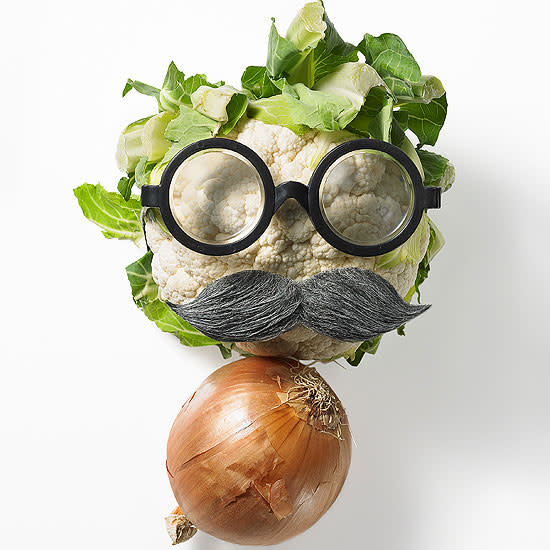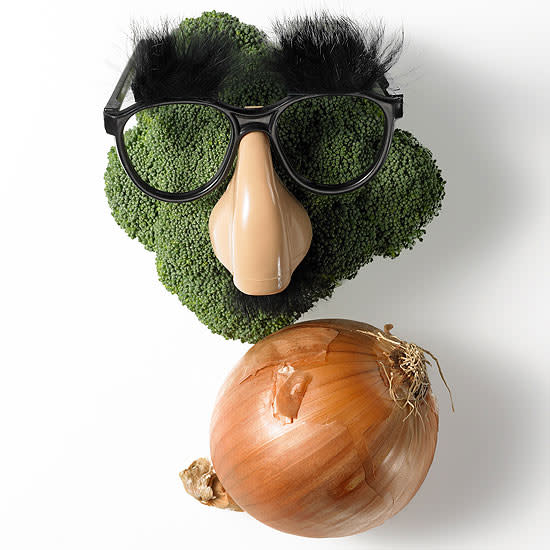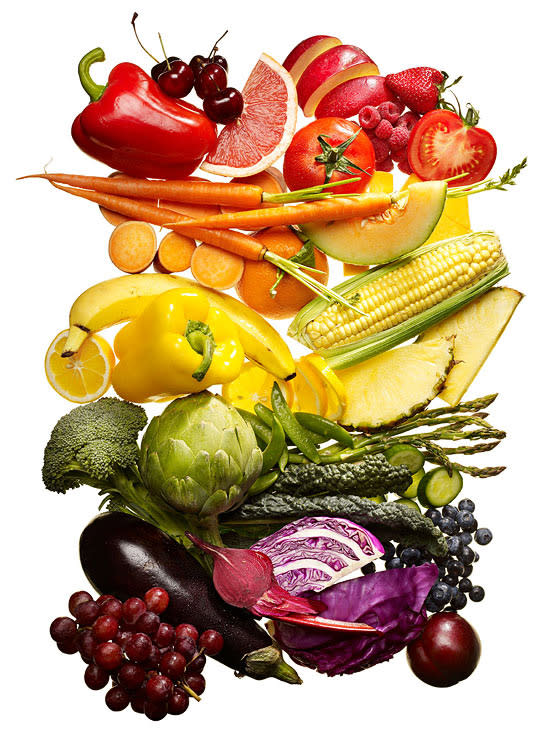Should You Make Hidden Vegetable Recipes for Kids?

Hiding kids' veggies has caused a huge food fight. Some experts think it's a smart approach, while others are completely opposed. Parents readers are divided too. We recently polled moms with kids 2 and over – and half said they sometimes hide veggies and the other half reported they never do. Where you do stand? Read expert advice on both sides of the issue, and then vote in our Facebook poll.

The Case for Hidden Vegetable Recipes
For years, I've been trying to find ways to persuade kids to eat more veggies – a typical preschooler only gets half of the veggies she needs. At the same time, the kids at the child-care center where my Penn State University colleagues and I do a lot of our research have been getting heavier. A decade ago, it was rare to see more than one overweight child in a class. Now, out of a group of 40, four or five children are carrying around way too many pounds. And because of the extra weight, 8- and 9-year-olds are getting type 2 diabetes. Eleven-year-olds are showing signs of heart disease. We've got a health crisis here, and as a weight-loss expert I can't stand by and watch. I thought pureeing carrots, cauliflower, and zucchini and adding them into kids' foods might accomplish two goals – to boost the amount of veggies kids eat and to fill them up for fewer calories. I tested my theory.
Forty kids ages 3 to 5 at the child-care center took part in a study. We fed them meals and munchies similar to the Pasta Bake and Snack-Cake Squares on this and the opposite page. I was astounded that the kids didn't notice that their pasta dish had broccoli in it for instance – it was so well hidden. In fact, in some cases, the kids thought that the veggie-enhanced dishes tasted better than the regular ones. And the final results blew me away: The kids ate about the same weight of food each test day. But on the days when there were extra veggies in their meals, the total number of calories that they consumed dropped by 140! What's more, they were just a smidge away from getting the suggested amount of veggies – 1 1/2 to 2 cups daily. All this without whining, complaining, or food fights!
Even with these good results, I heard many comments about how wrong it is to deceive children. Still, I fail to see how pureeing veggies into your kid's food is any different from other popular, less controversial tactics used over the years -- like adding calcium to OJ or replacing some of the fat in a recipe with applesauce.
I'm not suggesting that you stop offering veggie snacks and side dishes. In fact, the kids at the child-care center still had the chance to munch on baby carrots. I'm also not comfortable with slipping veggies into high-fat, high-sugar foods. The recipes here and in my new book The Ultimate Volumetrics Diet: Smart, Simple, Science-Based Strategies for Losing Weight and Keeping It Off contain a substantial amount of veggies and would be healthy even without the produce boost.
Think of hidden vegetable recipes as your backup plan. That's how my daughter uses it. Her 2-year-old and 4-year-old will munch on practically anything. But my 6-year-old grandson is super-fussy. My daughter is not about to let him off the hook, but she wants something, other than a multivitamin, to get him through this stage. Real food is always best – even if you have to put it through the blender first.

The Case Against Hidden Vegetable Recipes
I've got three girls under age 7, and when they won't eat something delicious that my wife, Jennifer, cooks, I'll admit that it's maddening. Jennifer is a professional chef (lucky me!) and she could puree up extra veggies and slip them into our meals. But we chose not to go down that path. I've found through my research at Cornell University that there are better ways to get broccoli, lettuce, peas, and even kale into your green-phobe child and make a long-lasting positive impression in her eating habits.
Let's start with the flaw in the stealth approach: It assumes that your child is never going to catch on. Fat chance! Kids have a killer sense of taste. You're born with all your taste buds, and as your tongue grows larger they become less concentrated. But in little mouths, they all stick together, making kids sensitive to bitter or sour flavors. Also consider how savvy your child is. If she spots a sliver of carrot that didn't get pureed or sees you stirring green paste into sauce, she's going to get suspicious. When a kid realizes that you're not being up-front, it feeds her impression of veggies: They taste so bad that Mommy and Daddy have to hide them from me. Now, you have a bigger problem than you did before.
Of course, there are veggies that my girls don't like. But all my kids have a favorite – carrots, tomatoes, broccoli – that they'll chow down pretty much anytime, anyhow. My new study shows that the same is true for most families. I asked moms with two children to tell me their younger kid's and older sib's most-liked veggie. Without hesitating, three quarters of them had an answer. Younger ones tend to prefer corn and older ones go for broccoli. So when the stealth proponents argue that kids don't like veggies, I correct them: Kids like veggies; they just don't like every veggie. There's nothing wrong with serving your kid her favorite veggie every night, as long as you continue to offer others. Mince red peppers into corn, toss broccoli with sweet potatoes. Fruit could be a starting point too.
Another simple tactic that was the most effective solution of any I've tested is renaming a dish. Four-year-olds eat 50 percent more veggies when you call them something clever, like Princess Peas or X-Ray Vision Carrots. My kids are also more apt to eat the dish when I make up a story about it. Once I told them that we're having the food that Grandpa loves to raise in his garden -- green beans. The story (and the dish) was met with a giant "Yum."
Other strategies that work at Chez Wansink include tossing veggies with something sweet (like OJ) to counteract the kid's taste-bud uproar and turning them into fun finger food. Jennifer and I also give the kids a choice, like we did last night. "We made Royal Asparagus Spears and Sweet Carrot Crunch for dinner. Which one would you like?" I asked the girls. "Both," the kids screamed, at eardrum-popping levels. Try it, and you may find their enthusiasm is contagious.
Originally published in the May 2012 issue of Parents magazine.
